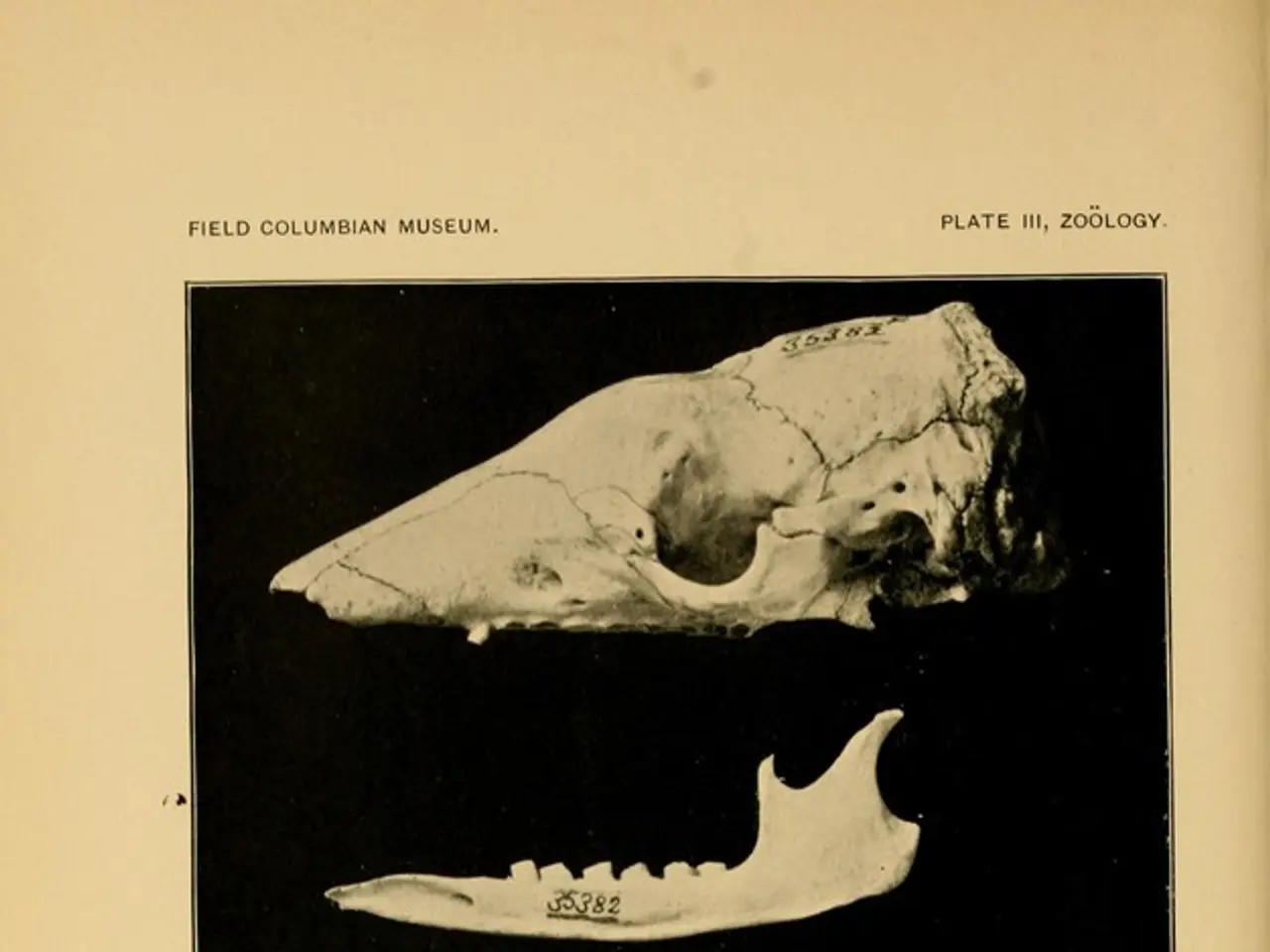Stages of Deterioration in Bone Density: What Are They Identified As?
Doctors diagnose osteoporosis using bone mineral density tests, such as DXA scans. These tests help to measure the amount of bone mass per unit volume, often at key sites like the spine, hips, and wrists.
The stages of osteoporosis are well-defined. Normal bone density is characterized by a T-score of –1.0 or above. As bone density decreases, the condition progresses to osteopenia, with a T-score between –1.0 and –2.5. The most severe stage is osteoporosis, with a T-score of –2.5 or lower.
The T-score compares a patient's bone density to the average peak bone density of a healthy young adult of the same sex. A lower T-score indicates a higher risk of fractures. Osteopenia is considered a precursor state with moderate bone loss, which can advance to osteoporosis if left untreated. Osteoporosis involves significant bone mass loss and microarchitectural deterioration, increasing fracture risk substantially.
Doctors report the findings of the DXA scan using a T-score, which represents a person's bone density in comparison to a typical young adult. People with osteopenia have a higher risk of progressing to osteoporosis.
Bone loss in the spine can lead to spinal fractures, which may cause visible changes to the spine over time, such as a loss of height or stooped posture. Fractures can occur more easily in individuals with osteoporosis, even from minor falls or injuries. Healing times for fractures in individuals with osteoporosis may be longer.
Factors such as menopause, smoking, underlying conditions, certain medications, malnutrition, and low body weight can increase the risk of osteoporosis. Lifestyle changes and medical treatments can help manage bone loss and reduce fracture risk. These may include getting more calcium, vitamin D, exercising regularly, stopping smoking, limiting alcohol intake, and treating other conditions that may affect bone health.
It's important to note that while osteoporosis does not have official stages, it can have differing levels of severity. Some fractures may require medical intervention. Extended rest after an injury can lead to a loss of muscle strength or balance, increasing the risk of future falls.
Premenopausal or younger adults will have a Z-score instead of a T-score, and a score of 2.0 or less indicates low bone density. T-scores from these tests indicate typical bone density, osteopenia, or osteoporosis.
In summary, understanding the stages of osteoporosis and the role of bone mineral density tests in diagnosis is crucial in managing and preventing this condition. Regular check-ups and maintaining a healthy lifestyle can significantly reduce the risk of osteoporosis and its associated complications.
- Osteoporosis, a condition marked by significant bone mass loss and microarchitectural deterioration, increases fracture risk substantially.
- The risk of fractures is higher in individuals with osteoporosis, even from minor falls or injuries.
- A lower T-score indicates a higher risk of fractures, as it represents a decrease in bone density compared to a healthy young adult.
- Science and medicine have developed several therapies and treatments for osteoporosis, including lifestyle changes and medical interventions.
- Chronic diseases like colitis, ulcerative colitis, COPD, chronic kidney disease, and certain mental health conditions may increase the risk of osteoporosis.
- Health and wellness entails managing bone health through proper nutrition, regular exercise, and avoiding harmful habits such as smoking and excessive alcohol consumption.
- Women going through menopause often experience bone loss, increasing their risk of osteoporosis.
- The victims from chronic diseases may have an elevated risk of developing osteoporosis due to underlying medical-conditions, medications, or poor nutrition.
- Medicare covers bone mineral density testing to diagnose and manage osteoporosis in eligible individuals.
- CBD, a compound found in cannabis, is being researched for its potential benefits in treating osteoporosis and other chronic diseases.




